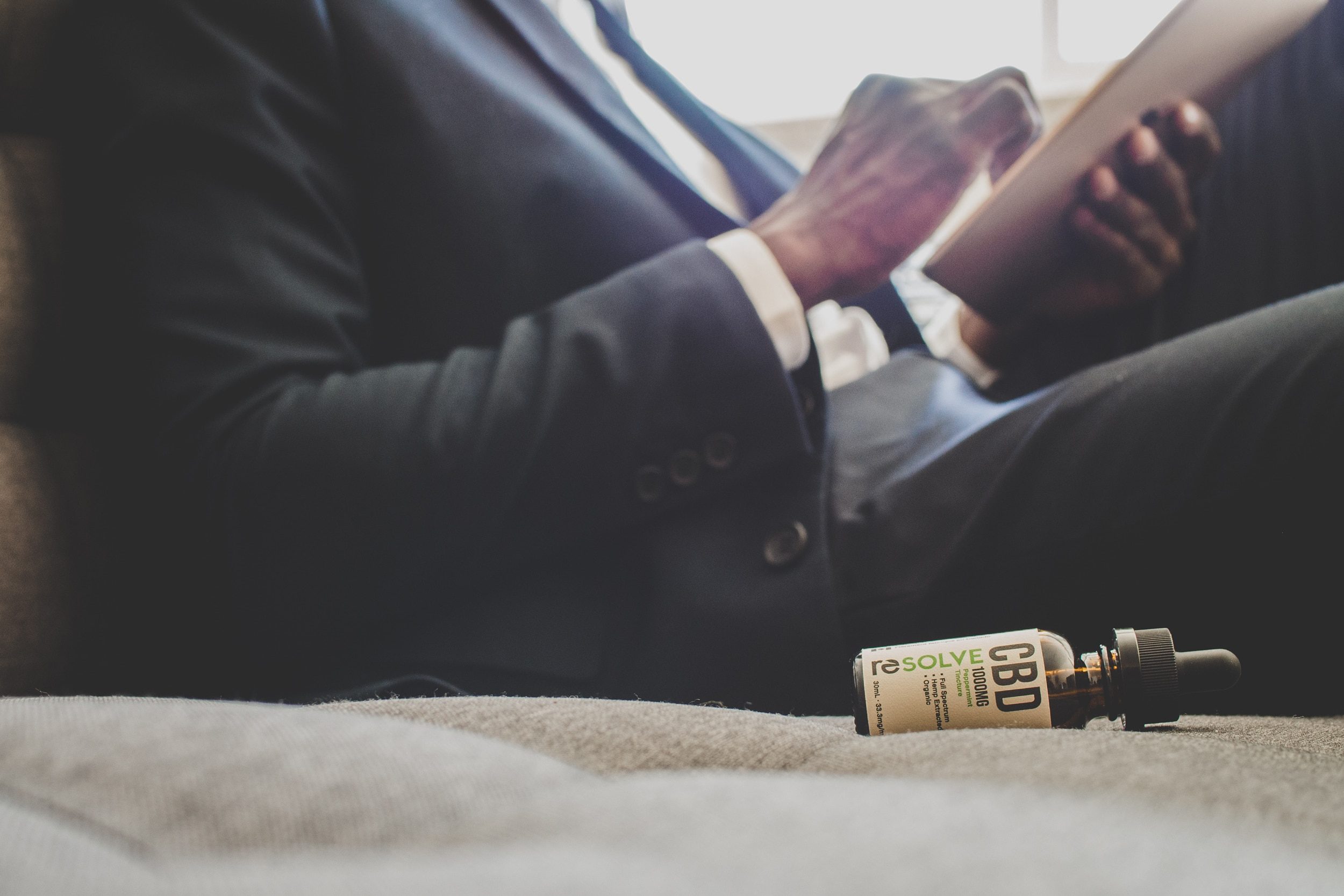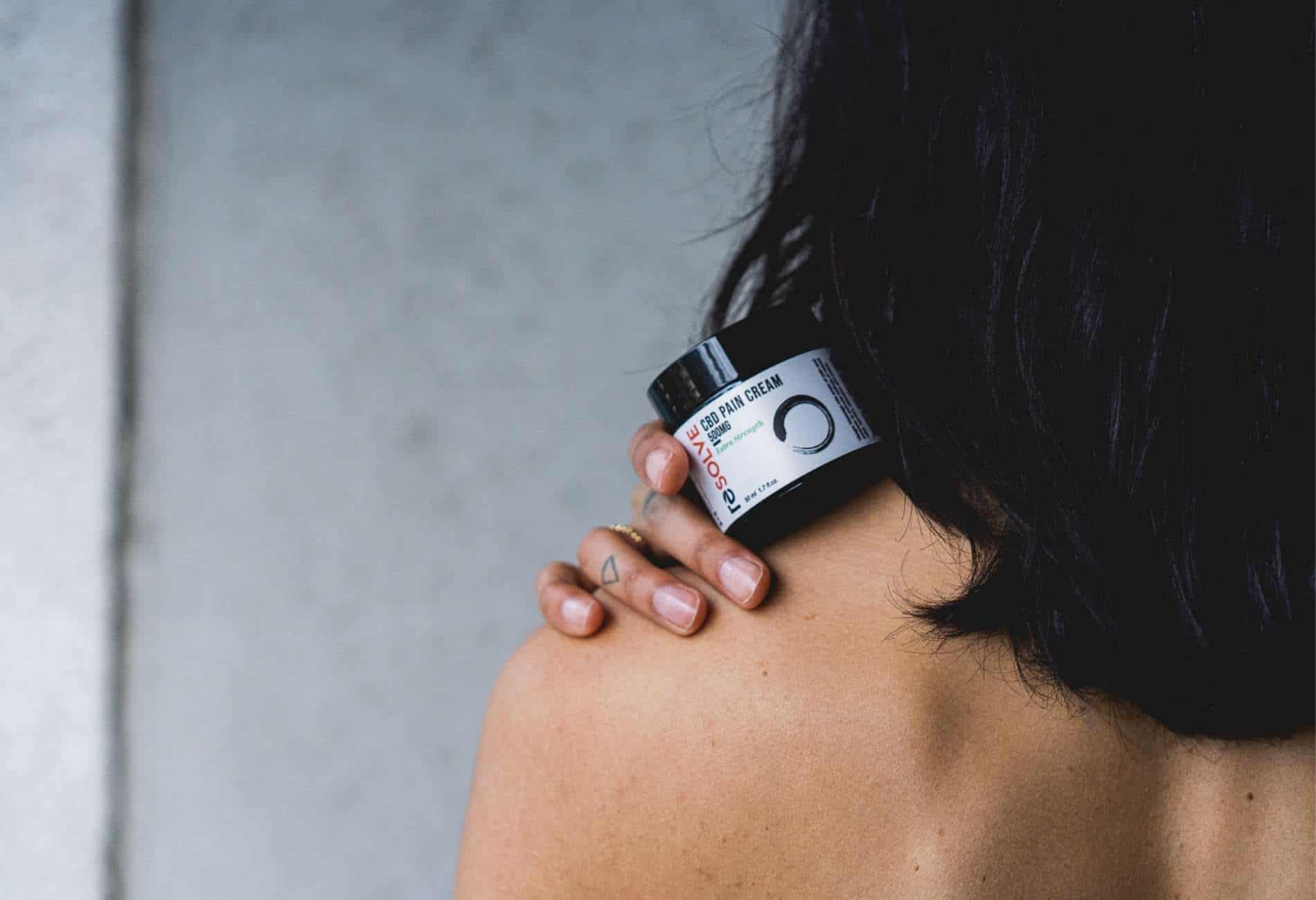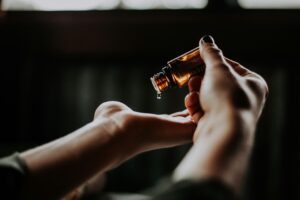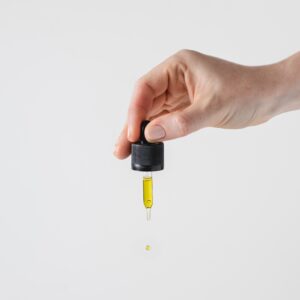CBD bioavailability: what it is and why you should care
Reading Time: 6 minutes
CBD has seen a rapid rise in popularity over recent years due to its numerous health benefits. It is used as an alternative to traditional medicine and has been shown to improve and help heal many injuries and ailments including muscle pain, problematic skin, and anxiety. If you have dabbled with CBD products, whether that’s edibles, oils, or creams, you may have heard of or come across the term bioavailability. In short, bioavailability of CBD is the measure of degree to which the CBD is absorbed by your system—the higher the bioavailability, the more CBD your body is able to utilize.
Contents
What is CBD bioavailability?
Certain products have a higher CBD content than others, which will certainly play a factor when it comes to bioavailability. For that reason, it is important that you make the right purchasing decision. For example, for certain kinds of chronic pain you may need a CBD product that has higher potency, while with other ailments you may want a milder effect. Researching the products right for your situation is therefore an important consideration.
CBD interacts with your Endocannabinoid System (ECS), so in order for it to take effect, it must find its way there. The amount of CBD that gets absorbed and used largely depends on a process called pharmacokinetics. This process is the sum of all of the body’s tools for absorption and elimination and dictates how compounds are processed by the body.
Different methods of administration will yield different degrees of bioactivity. In other words, how you consume CBD has a big impact on its degree of efficacy. This is extremely useful to know because you will be able to alter your consumption method to either increase the bioavailability of CBD or decrease it, depending on your needs. Below we’ve explored the most popular methods of CBD consumption and their resulting bioavailability.


What is the bioavailability of CBD oil?
Sublingual consumption is one of the most common consumption methods. It involves dropping CBD oil under the tongue. After the oil has been deposited under the tongue, it should remain there for a minute or two to allow for maximum absorption before it is swallowed. This allows the mucous membranes located under the tongue to absorb the CBD before the metabolization process that occurs during digestion. It allows the mucous membranes located in that area to absorb the CBD content before the metabolization process that occurs during ingestion.
Although it may appear to be similar to ingesting (whether that’s ingesting oil or edibles), allowing CBD oil to rest under the tongue for a few moments increases the bioavailability of CBD oil. According to a study from 2002, sublingual bioavailability ranges between 13-19%. However, another study claims that sublingual bioavailability is closer to 35%. Over time, research into bioavailability will become more conclusive. What we know for sure is that sublingual consumption produces effects much more rapidly than topical application and edible ingestion. Although it is not as rapid as we will see vaping or inhalation is, the effect is produced fairly quickly—typically within 20 minutes.. This method is a favourite for many people because it yields relatively fast results, and the bioavailability is rather high. If you are uncomfortable inhaling CBD , but still wanted paid results and high bioavailability, then this might just be your method.


What is the bioavailability of CBD Edibles?
Edibles are one of the most popular CBD consumption methods because they taste good and can be a fun, easy way to consume CBD. Edibles come in many different forms including capsules, gummies, and even other infused foods and treats.
Like topicals, CBD edibles also have a relatively low bioavailability—about 13-19%. CBD is fat-soluble and presents a challenge when it comes to absorption. Digestive enzymes and acids break down much of the CBD compound before it is absorbed by the body. Additionally, it can take between 45 minutes to two hours for the CBD to travel through your digestive system and reach your bloodstream to take effect. This will depend on factors like your metabolism and whether you’ve recently eaten.
What is the bioavailability of topical CBD?
The topical method is one of the only methods of absorption that don’t include ingestion. Instead, you apply topical CBD directly onto your skin. These products can come in the form of salves, ointments, or creams. Because this method targets the endocannabinoid receptors that are found in the skin, this method is the most ideal for targeted pain relief. For instance, you can apply topical CBD cream to help with sore muscles or arthritis by rubbing it into the affected area.
Since topical CBD products are applied onto the skin, they don’t enter the bloodstream. For this reason, while topical CBD products are ideal for skin-deep pain relief, they will have little effect on issues like anxiety or PTSD. This is because these conditions require the CBD to bind to cannabinoid receptors in the brain and central nervous system in order to take effect.
As mentioned above, topical CBD is applied onto the skin, which is a natural barrier against external elements. For this reason, the bioavailability of topical CBD is low, as it has the lowest absorption rate among the other methods. It is important for the user to be aware of how much they need to administer for a noticeable effect.


What is the bioavailability of inhaling CBD?
There are three main ways to inhale CBD: smoking, vaping, and nebulizing. Smoking is the most basic concept of the three. CBD hemp buds of certain cannabis strains grown for their high CBD content can be rolled into a joint before it is lit and smoked. Inhaling CBD this way produces high bioavailability, and a single cigarette contains about 19mg of CBD. However, the downside is that it can irritate or damage the lungs. Smoking produces by-products including pyrene, acrylamide, and fluorene among others. The next method is vaping, which has enjoyed a rapid rise in popularity recently. It involved placing CBD oil inside the cartridge of a vaporizer pen, which contains a heating element. This atomizes the CBD which converts it into vapor that you can inhale. While some risk to the lungs still exists with vaping, it is a less damaging alternative to smoking. Finally, nebulizing involves using a device, called a nebulizer, to administer the CBD in the form of a mist that is inhaled. Nebulizers are often used in the hospitals to deliver medication or oxygen to patients, so it’s not as frequently used for CBD consumption. However, if you happen to own a nebulizer then this might work for you.
According to a study, intranasal bioavailability is between 34% to 46%, marking it as the best method in regard to achieving high bioavailability. This is because when CBD is inhaled it is absorbed by the thin membranes that line the air sacs of the lungs, called alveoli; after which, it immediately enters the bloodstream. Since it enters the bloodstream in this way, it can travel to the appropriate endocannabinoid receptors and attach to them. This is the most efficient way to consume CBD because it bypasses the digestive tract and is therefore not broken down by enzymes. As you inhale more CBD, you are increasing the dosage, and since it is absorbed quickly, the effects will be noticed more immediately.
How to increase bioavailability of CBD
Since the bioavailability of topical CBD is low, it may be necessary to apply it liberally. Also, remember to rub the product in well so that it is absorbed by the skin as much as possible. For CBD cream or topical, it is best to begin by applying a small portion of your skin and leaving it for a few minutes. This will ensure that your skin doesn’t have a negative reaction to it. Once you’ve ascertained this, you can begin applying it onto the affected area, increasing the amount as your pain requires.
If you enjoy edibles but want to know how to increase the bioavailability of CBD using this method, there are ways to increase its efficacy. It is believed that if you consume CBD on an empty stomach, it will have delayed onset. In other words, if you take your edible after you have eaten, you may see some improvements in its effectiveness. Though it has a low bioavailability, edibles have the longest lasting results. So, though they may be absorbed slowly by your body, their effects are released over a longer period of time. If you are looking to experience a mild effect over a period of time, then CBD edibles are right for you.
If consuming CBD oil sublingually, more oil does not necessarily result in increased bioavailability. Instead, be sure to let the oil rest for a longer period of time—at least two to three minutes—under the tongue, to increase absorption.
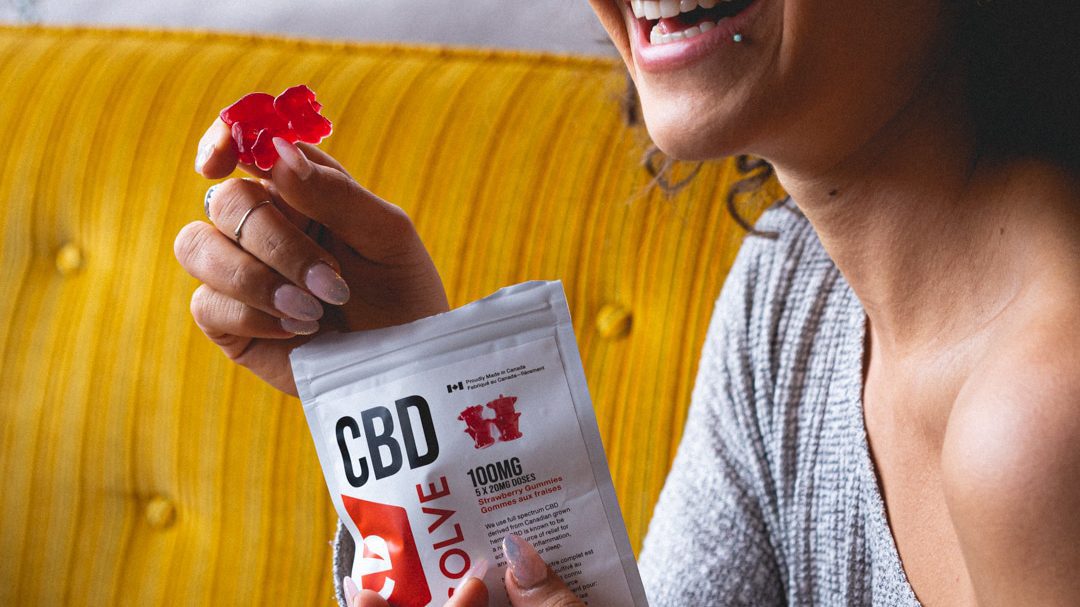

Conclusion
Choosing the right consumption method will depend on the bioavailability you are striving for, and that can depend on what you are using CBD for. If you are unsure, don’t be afraid to experiment with different consumption methods. Just remember, it is always wise to start with a smaller dose and slowly work your way up if you need to.
DISCLAIMER: Information and products presented by resolveCBD are not intended to diagnose, treat, cure, or prevent any disease or ailment, nor is it intended to be a substitute or alternative for professional medical advice. Always consult with a licensed professional regarding medical treatment or possible interactions with prescribed drugs. Products are intended to be used as directed, by individuals who are 19 years of age or older.


